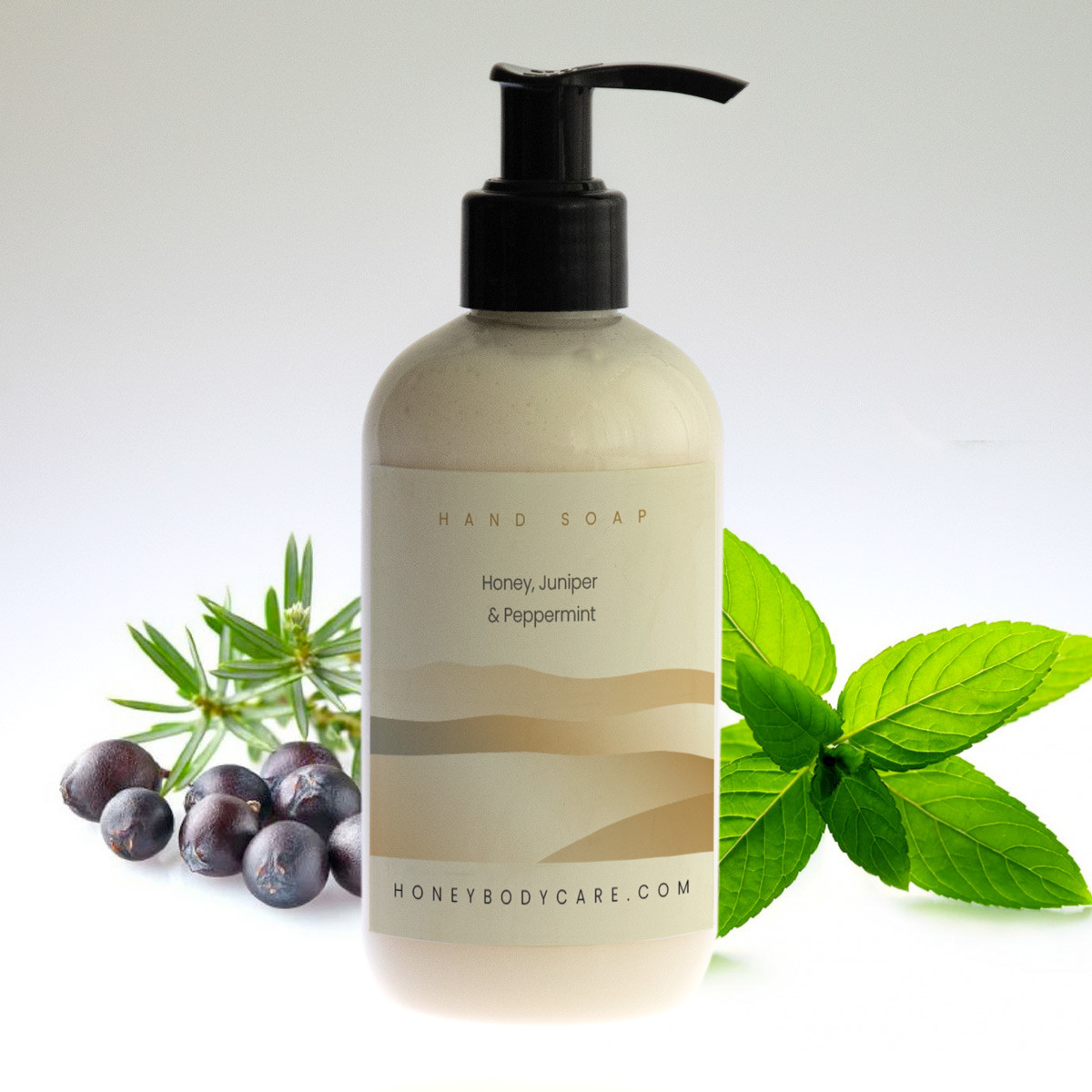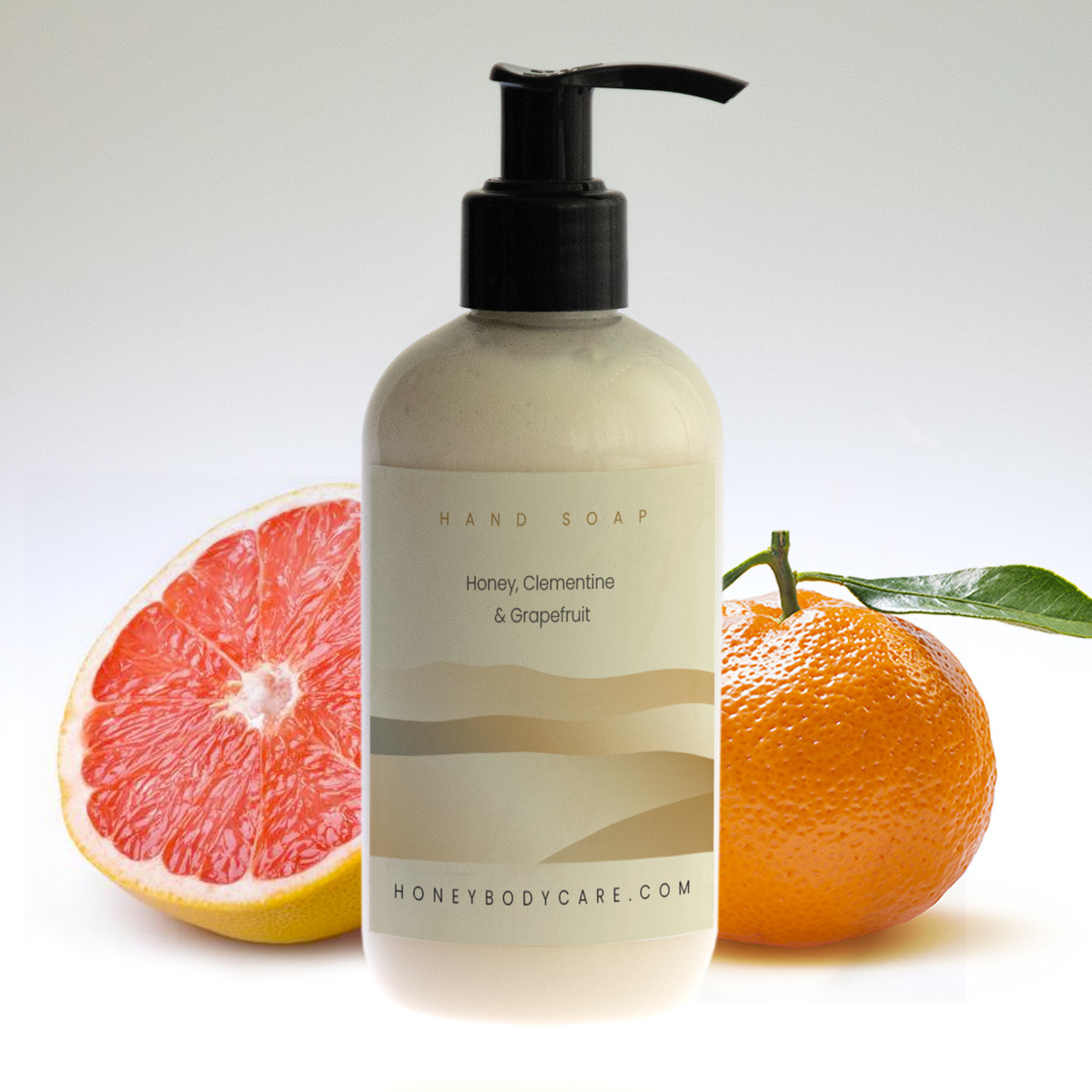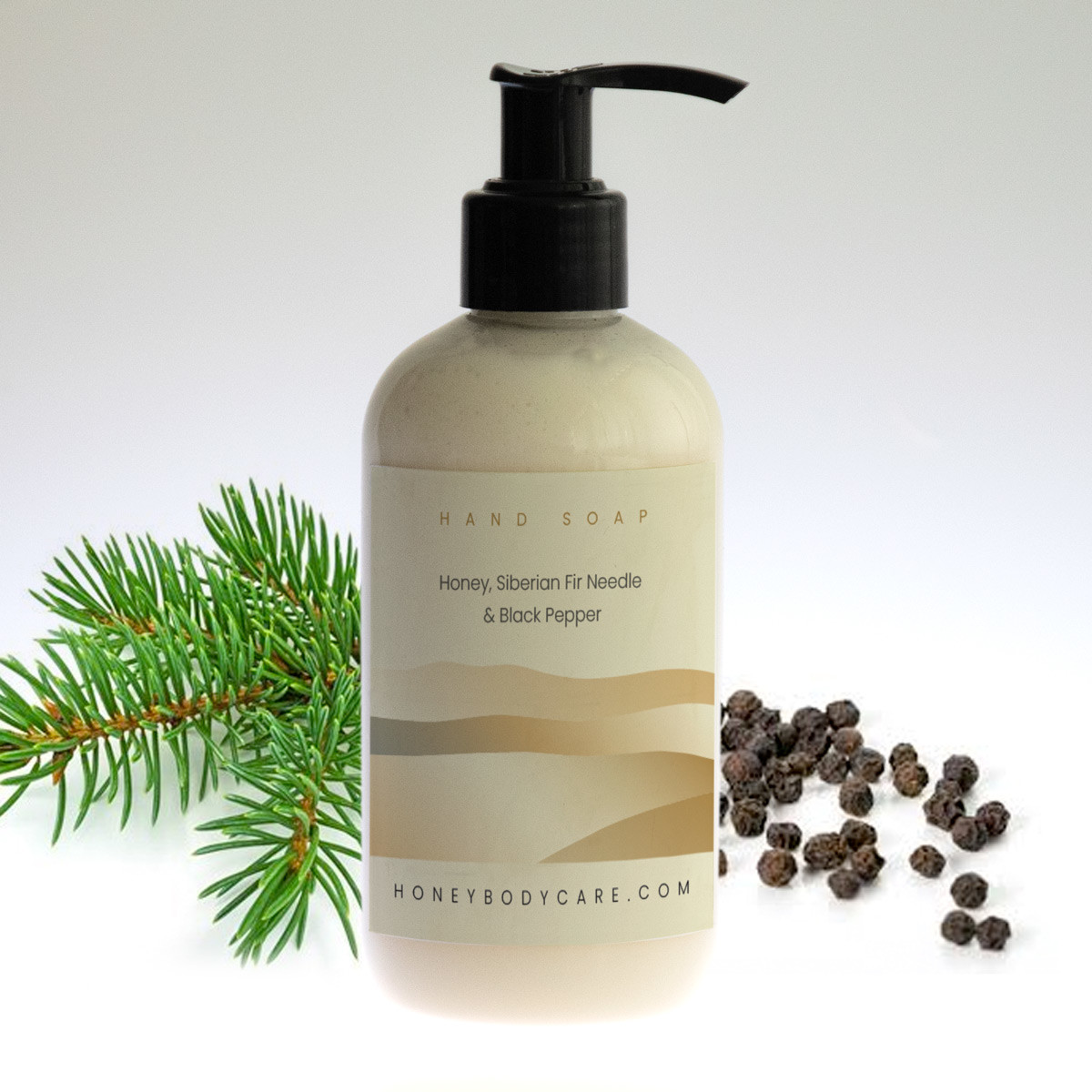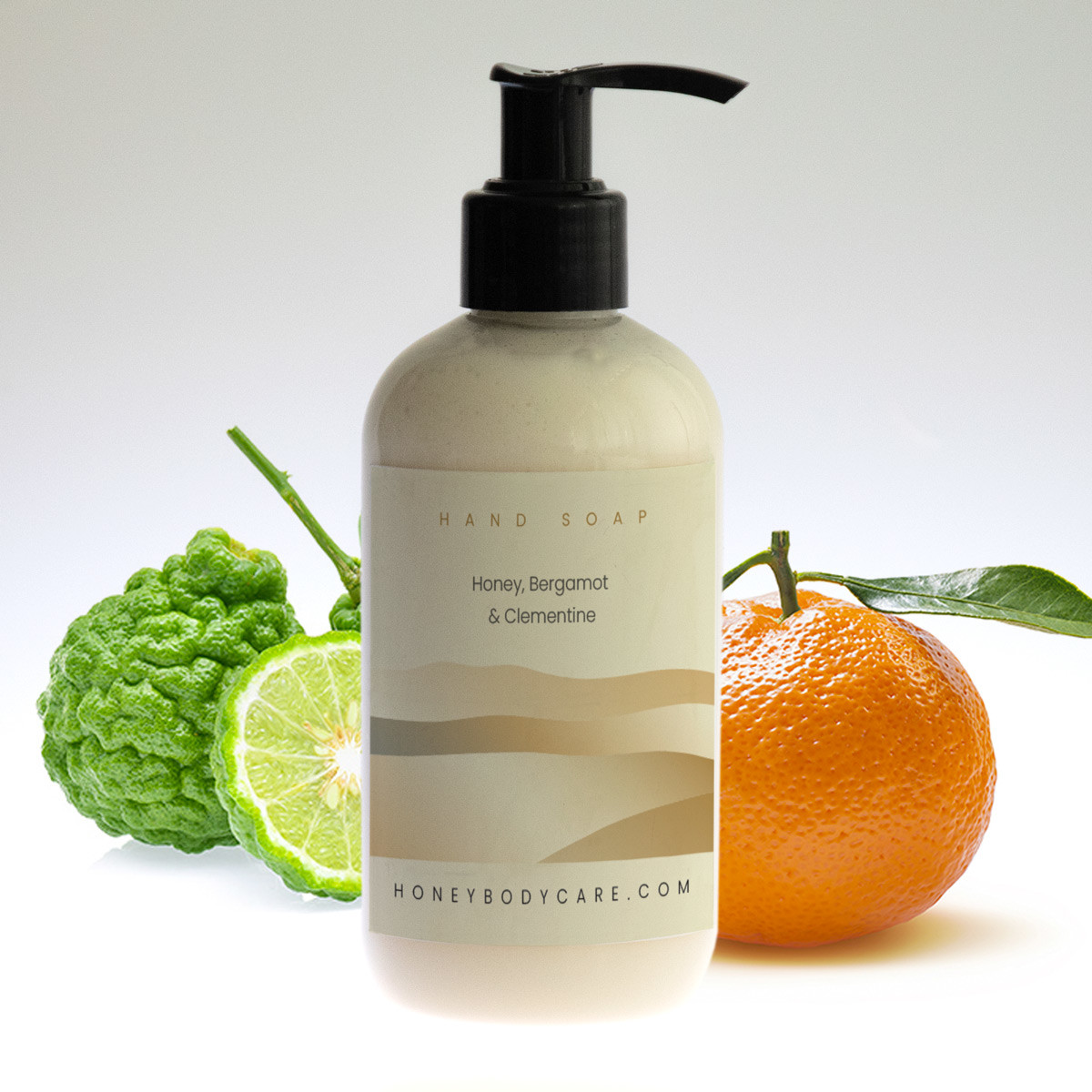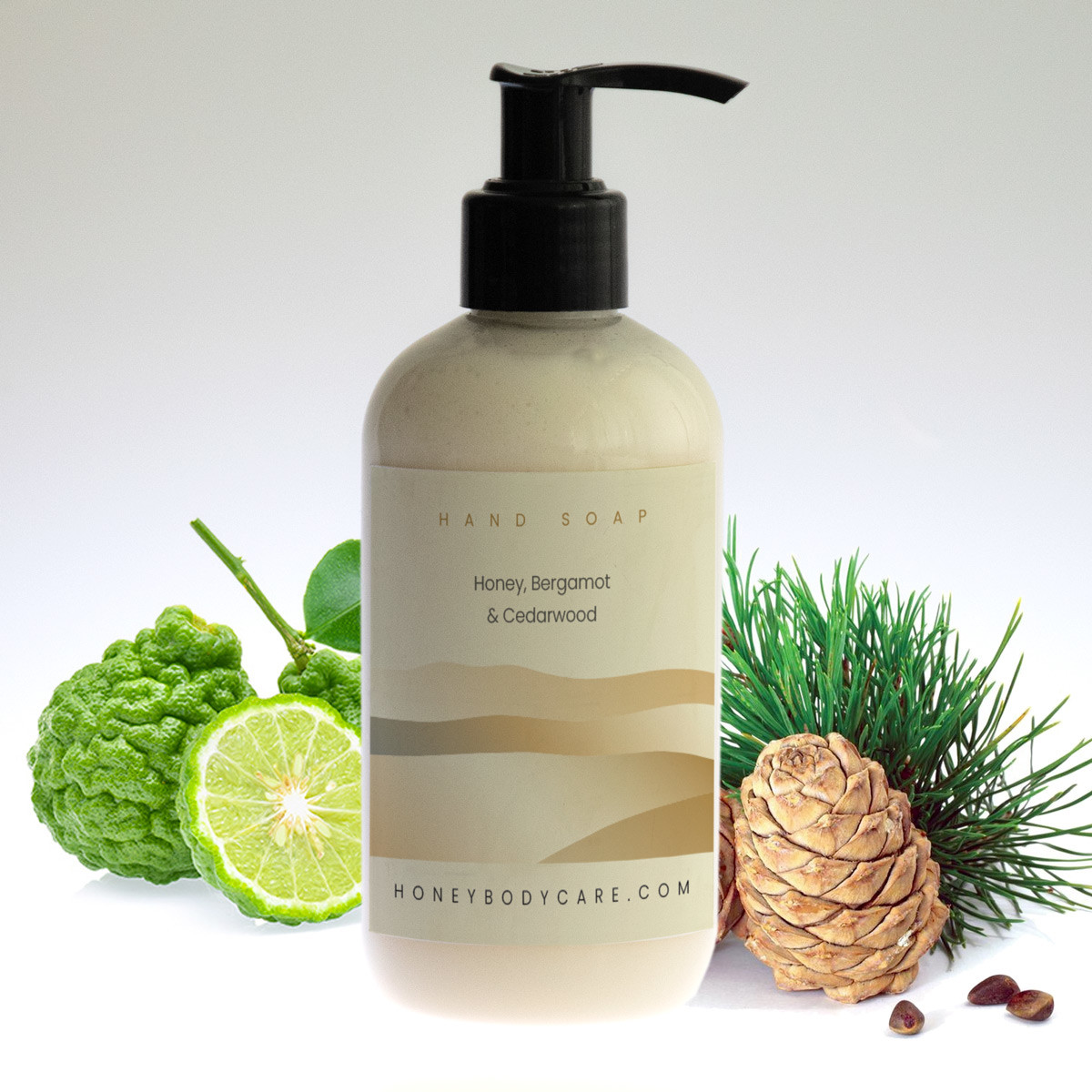Using Honey Body Care liquid hand soaps.
Cleaning the body is an effective defense against diseases: it is essential to eliminate that set of substances composed of glandular secretions (sebum and sweat), desquamated cells, dust, smog and other substances that represent the so-called “dirt”, soil fertile for the development of pathogenic microorganisms and parasites. An excess of washing, and especially the use of non-physiological products, can alter the natural balance of the skin, leading to dehydration, irritation, dandruff, hyper-seborrhea, formation of unpleasant odors.
A physiological cleansing favors the natural balance of the skin and hair, making products such as deodorants, creams, conditioners and various treatments less necessary.
Couldn’t we wash ourselves with water alone? Unfortunately not; dirt is essentially greasy, and water alone is not enough to dissolve it and therefore to remove it. In common industrial detergents, the washing function is performed by surfactants, substances whose bipolar molecular structure acts as a “bridge” between water and dirt; the surfactants allow the formation of an emulsion between water and greasy dirt, which can then be removed by rinsing. The surfactants are also responsible for the formation of foam, which is nothing more than an emulsion of water and air. Cleansing products can contain a large variety of surfactants, which differ in their cleansing power and degree of skin tolerability.


